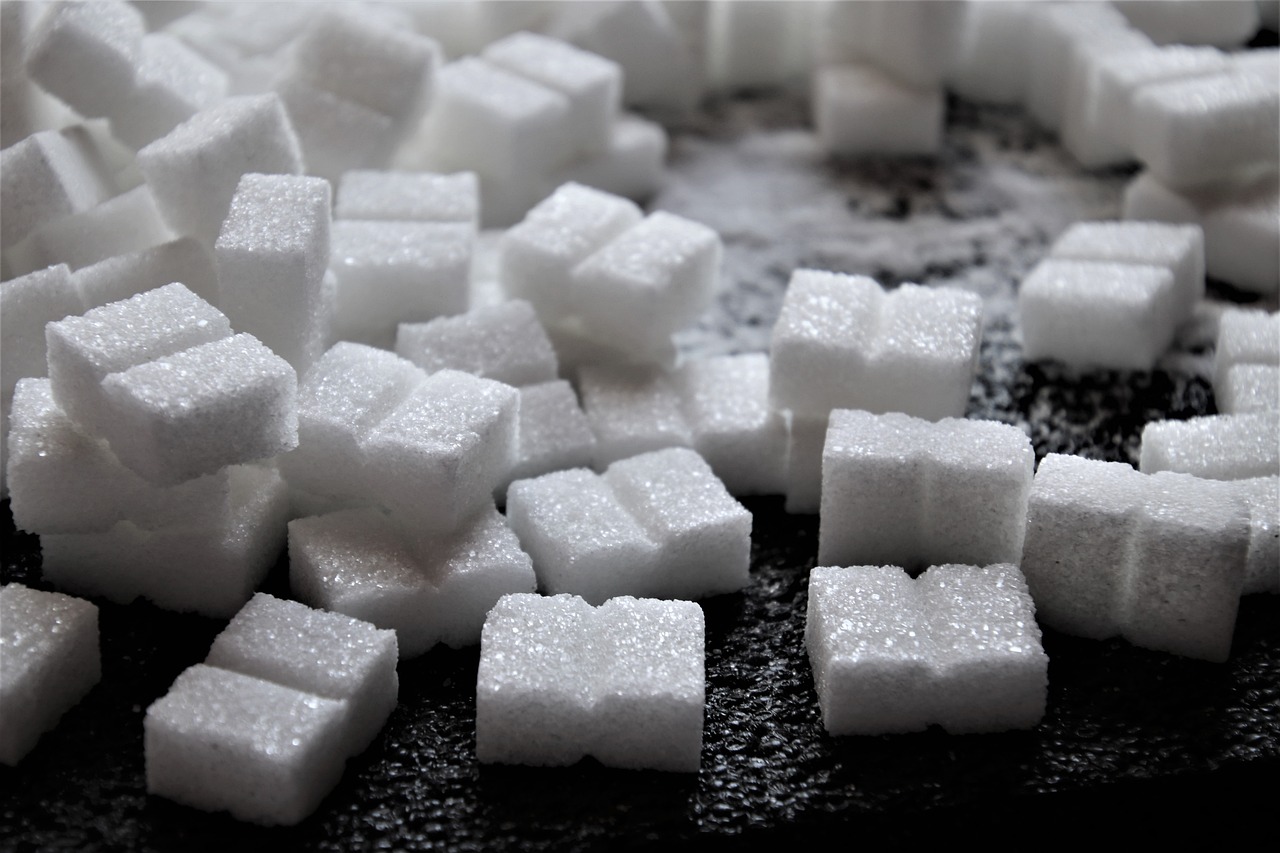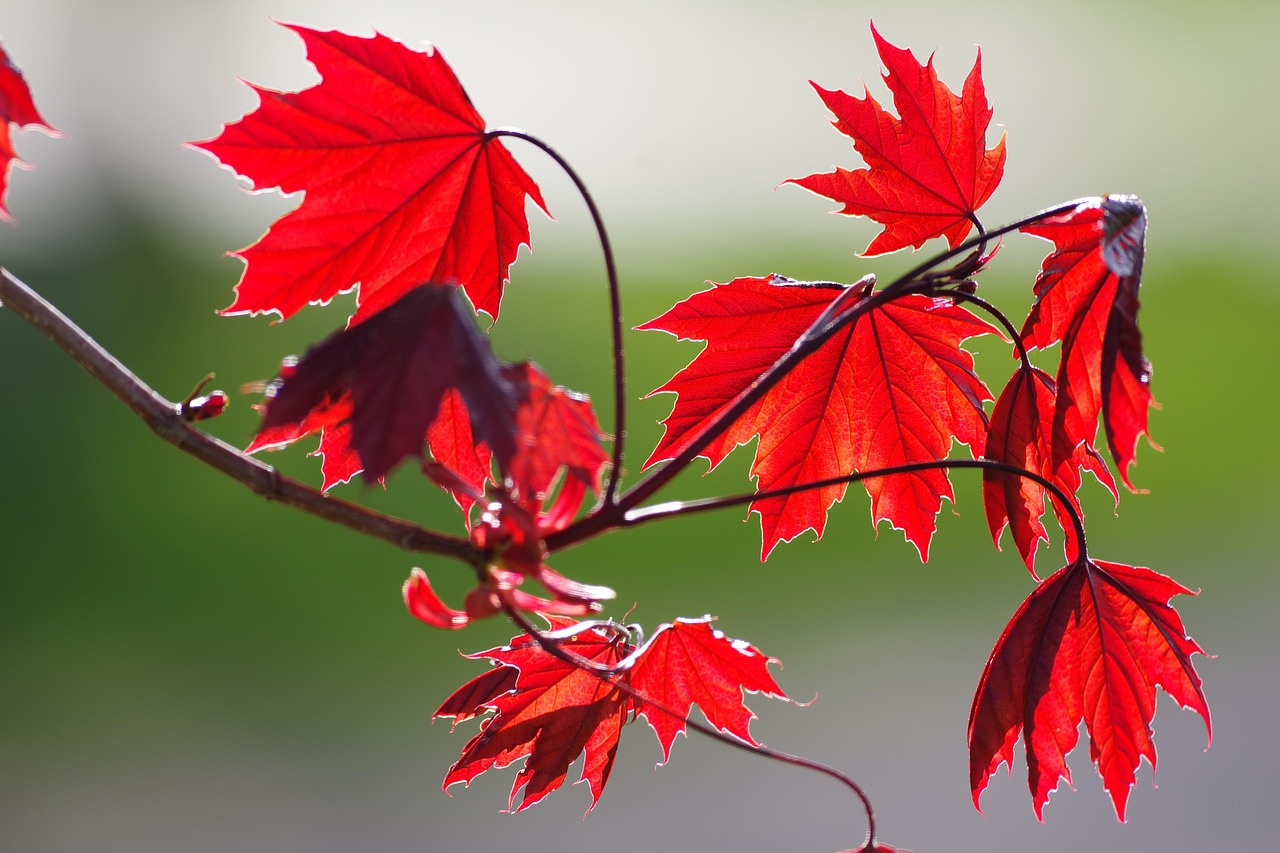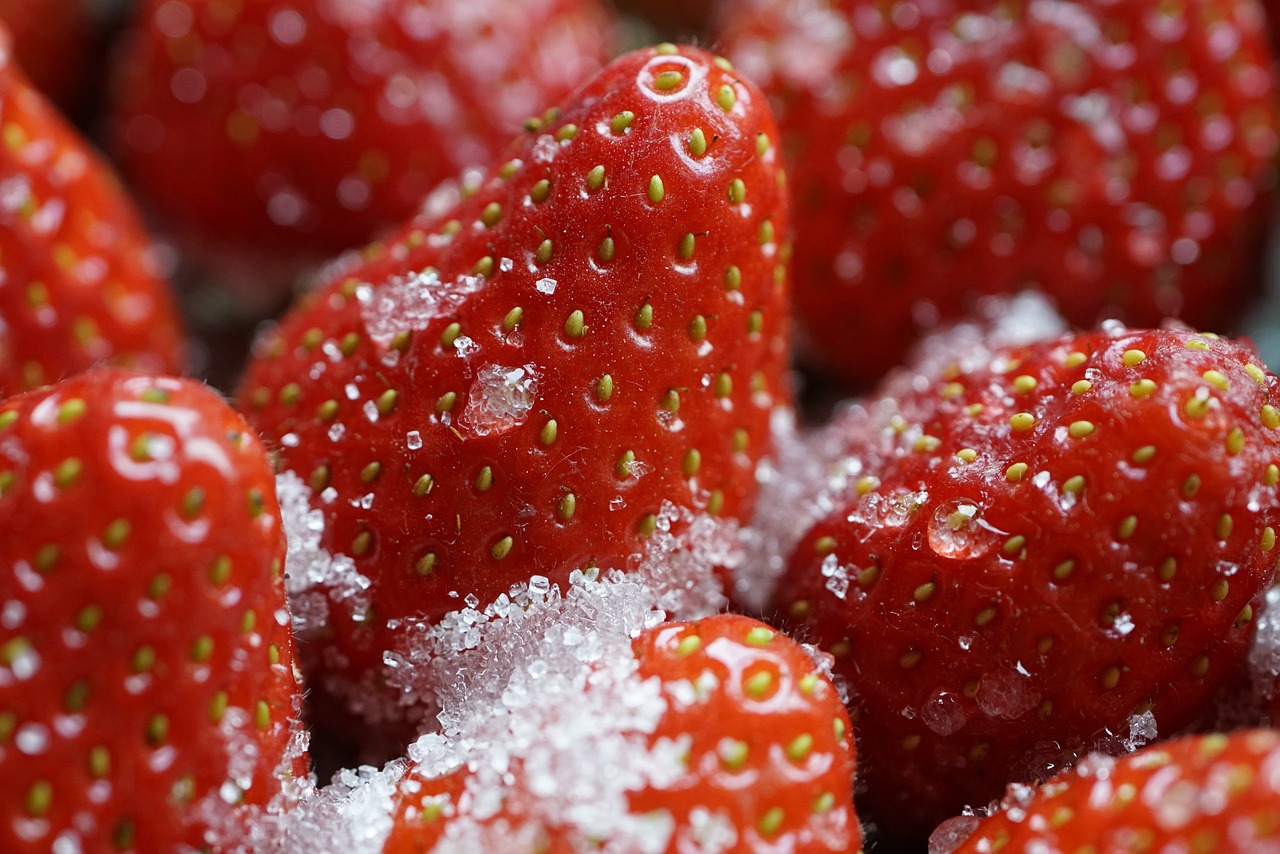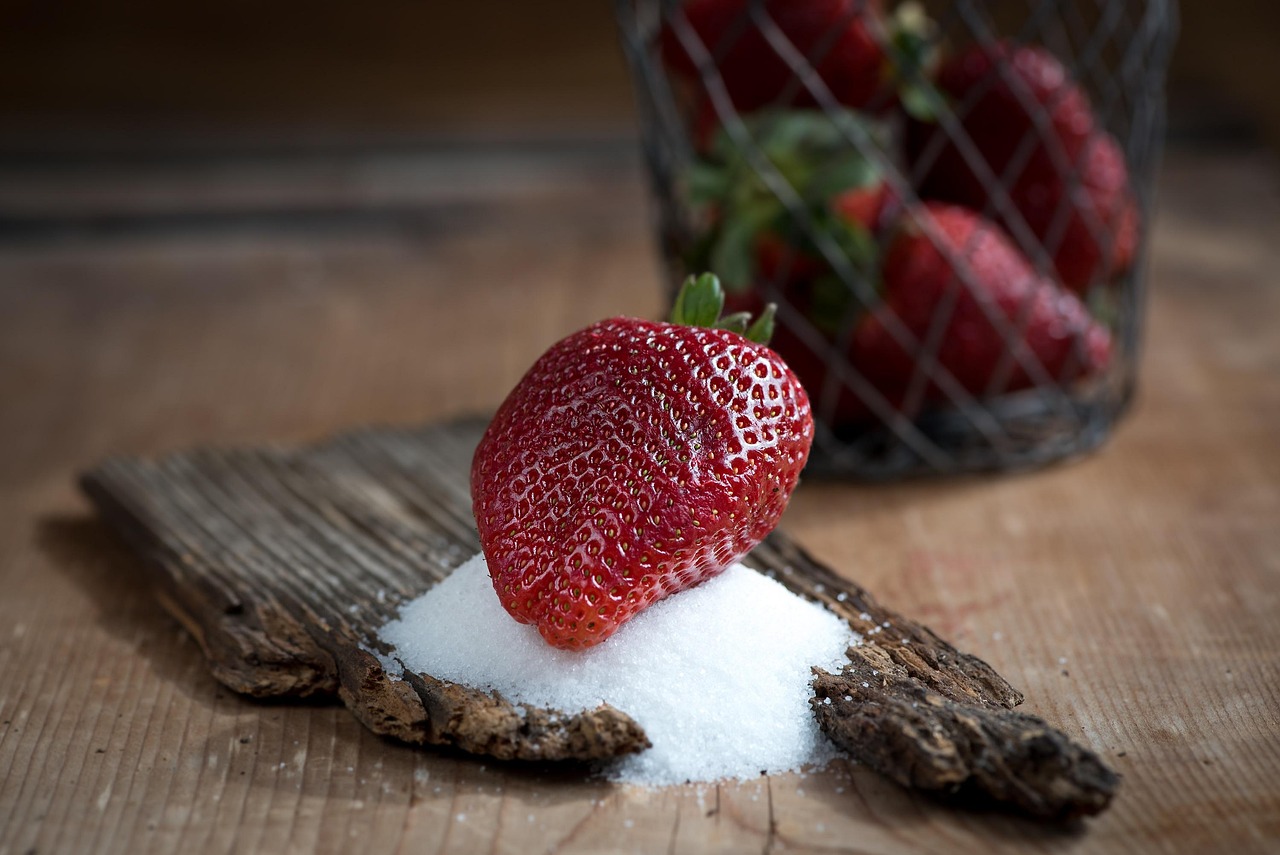Yes, the Sugar Maple is correctly classified as a hard maple due to its dense wood and durability, which are characteristic of hardwood species. Its strength and versatility make it a preferred choice for various applications, including furniture and flooring.
Understanding Sugar Maple Classification

The Sugar Maple, scientifically known as Acer saccharum, is a prominent tree species in North America. It is well-known for its vibrant fall foliage and the syrup produced from its sap. However, its classification raises questions, particularly regarding its designation as a hard maple. To understand this classification, it is essential to explore the characteristics of hard maples and how Sugar Maple fits into this category.
Hard maples are generally classified based on their wood density and hardness. The Janka hardness test, which measures the resistance of wood to wear and denting, is often used to determine the hardness of different species. Sugar Maple has a Janka rating that typically ranges from 1,450 to 1,500 lbf (pounds-force), which places it firmly within the hard maple category.
There are several key characteristics that define hard maples, and Sugar Maple exemplifies many of these traits:
- Wood Density: Hard maples have a high density, contributing to their strength and durability.
- Grain Pattern: Sugar Maple is known for its fine, even grain, making it visually appealing for woodworking.
- Color: The wood typically has a light cream color with a subtle grain pattern that can take on a warm golden hue over time.
- Workability: Despite its density, Sugar Maple is relatively easy to work with, allowing for smooth finishes.
In addition to these characteristics, understanding the ecological and geographical factors also helps clarify why Sugar Maple is classified as a hard maple. Its natural habitat includes the northeastern United States and eastern Canada, where it thrives in well-drained soils in mixed hardwood forests. This specific environment contributes to its growth patterns and wood properties.
Moreover, Sugar Maple plays a crucial role in its ecosystem. It provides habitat and food for various wildlife species. The tree’s sap is tapped commercially to produce maple syrup, a practice that has deep roots in North American culture.
The Janka Hardness Test
The Janka hardness test is vital for understanding the physical properties of Sugar Maple. This test measures how well wood can withstand wear and denting. The higher the Janka rating, the harder the wood. Here’s a quick comparison of Sugar Maple with other common hardwoods:
| Wood Type | Janka Hardness (lbf) |
|---|---|
| Sugar Maple | 1,450 – 1,500 |
| Oak | 1,290 – 1,400 |
| Birch | 1,300 |
| Cherry | 950 |
This table illustrates that while Sugar Maple is indeed classified as a hard maple, it stands out in comparison to other hardwoods in terms of density and durability. Its combination of aesthetic qualities and strong physical properties makes it an excellent choice for various applications.
Overall, the classification of Sugar Maple as a hard maple is supported by its physical characteristics as well as its ecological significance. Understanding these factors offers valuable insight into its role in both nature and human use.
Properties of Sugar Maple Wood
Sugar Maple wood possesses several unique properties that contribute to its classification as a hard maple. Understanding these properties is essential for those interested in woodworking, furniture making, or flooring applications. The following characteristics highlight the advantages of using Sugar Maple wood:
- Durability: Sugar Maple is known for its strength and resistance to wear. Its dense structure makes it suitable for high-traffic areas.
- Workability: The wood is relatively easy to cut, shape, and finish. This makes it a favorite among woodworkers.
- Stability: Sugar Maple has a low tendency to warp or shrink, maintaining its shape well over time.
- Finishing: The wood takes stains and finishes exceptionally well, allowing for a variety of aesthetic options.
Applications of Sugar Maple
The versatility of Sugar Maple wood has led to its use in various applications. Here are some common uses:
- Furniture: Its strength and beauty make it ideal for crafting tables, chairs, and cabinets.
- Flooring: Sugar Maple is a popular choice for hardwood flooring due to its durability and attractive appearance.
- Musical Instruments: The wood is often used in the manufacturing of pianos and other musical instruments because of its tonal qualities.
- Woodworking Projects: Hobbyists and professionals alike use Sugar Maple for various woodworking projects, including cabinetry and decorative items.
Environmental Impact of Sugar Maple
The Sugar Maple tree plays a significant role in its ecosystem. It contributes to the health of the forest and provides numerous benefits:
- Biodiversity: Sugar Maples support various wildlife species. Birds, insects, and mammals rely on these trees for food and habitat.
- Soil Health: The leaves of Sugar Maples decompose into organic matter, enriching the soil and promoting healthy growth in forest ecosystems.
- Carbon Sequestration: As a large tree, Sugar Maple absorbs significant amounts of carbon dioxide, helping mitigate climate change.
Additionally, the sap from Sugar Maples is harvested to produce maple syrup. This practice has both cultural significance and economic implications. The syrup industry supports local economies and encourages sustainable forestry practices.
Cultural Significance
The cultural importance of Sugar Maple extends beyond its physical attributes. In North America, it is celebrated for its vibrant autumn foliage and is often associated with various traditions and celebrations. Some aspects of this cultural significance include:
- Maple Syrup Festivals: Many communities host annual festivals celebrating the harvest of maple syrup, drawing tourists and locals alike.
- State Symbol: The Sugar Maple is the state tree of several states, including Wisconsin and Vermont, symbolizing regional pride.
- Art and Craftsmanship: Artists and craftsmen often incorporate Sugar Maple wood into their works, showcasing its beauty and versatility.
Challenges Facing Sugar Maple
While the Sugar Maple is a resilient tree species, it faces various challenges that can impact its health and sustainability. Awareness of these challenges is crucial for conservation efforts:
- Pests and Diseases: Sugar Maples are susceptible to certain pests, such as the Asian longhorned beetle, which can cause significant damage.
- Climate Change: Changes in temperature and precipitation patterns may affect the growth and distribution of Sugar Maples in the future.
- Drought Stress: Extended periods of drought can weaken these trees, making them more vulnerable to disease and pests.
Understanding these challenges can lead to better management practices that ensure the longevity of Sugar Maple populations while preserving their ecological and cultural significance.

2>Harvesting and Uses of Sugar Maple Sap
One of the most economically significant aspects of the Sugar Maple is its sap, which is harvested primarily to produce maple syrup. The process of collecting and processing this sap is a time-honored tradition in North America, particularly in the northeastern United States and eastern Canada. Understanding how sap is harvested and its uses provides insight into the cultural and economic value of Sugar Maples.
Maple Syrup Production Process
The production of maple syrup involves several steps, beginning with the tapping of Sugar Maple trees. This process typically occurs in late winter to early spring, when temperatures fluctuate between freezing at night and thawing during the day. Here is a brief overview of the syrup production process:
- Tapping Trees: Small holes are drilled into the trunks of Sugar Maple trees. A tap is then inserted to allow sap to flow out.
- Collecting Sap: The sap is collected in buckets or through tubing systems that transport it directly to a storage tank.
- Boiling Sap: The collected sap is boiled down to evaporate most of the water content, concentrating the sugars to create syrup.
- Filtering and Bottling: The syrup is filtered to remove impurities and then bottled for sale.
It takes approximately 40 gallons of sap to produce just one gallon of pure maple syrup, highlighting the labor-intensive nature of this production method. The final product is not only a delicious sweetener but also carries with it a rich history and tradition.
Nutritional Benefits of Maple Syrup

>Maple syrup is not only a sweet treat but also offers several nutritional benefits. Here are some key points regarding its health advantages:
- Rich in Antioxidants: Maple syrup contains various antioxidants that help reduce oxidative stress in the body.
- Mineral Content: It is a source of essential minerals such as manganese, zinc, and calcium, which support overall health.
- Lower Glycemic Index: Compared to refined sugars, maple syrup has a lower glycemic index, making it a better option for blood sugar control.
While maple syrup can be a healthier alternative to processed sugars, moderation is still key. Its high sugar content means that it should be consumed as part of a balanced diet.
Culinary Uses of Maple Syrup
The versatility of maple syrup extends beyond traditional pancakes and waffles. Here are several culinary uses:
- Baking: Maple syrup can be used as a natural sweetener in baked goods such as cookies, cakes, and muffins.
- Glazes and Marinades: It makes an excellent ingredient for glazes on meats or vegetables, adding a unique flavor profile.
- Dressings and Sauces: Maple syrup can enhance salad dressings or sauces, providing sweetness and complexity.
- Beverages: It can be used to sweeten teas, coffees, or cocktails for added flavor.
The Economics of Maple Syrup Production
The maple syrup industry contributes significantly to the economy of many regions where Sugar Maples thrive. The production process not only provides jobs but also supports local businesses and tourism. Here are some important economic aspects:
- Job Creation: Maple syrup production creates seasonal jobs in tapping, collecting, and processing sap.
- Tourism: Maple festivals attract visitors, boosting local economies through tourism-related activities.
- Sustainable Practices: Many producers focus on sustainable harvesting methods, promoting environmental stewardship while ensuring long-term profitability.
The economic impact of maple syrup production underscores its importance beyond just culinary uses. By supporting local economies and communities, Sugar Maples play an essential role in sustaining traditions and livelihoods.
Conservation Efforts for Sugar Maple
As awareness of environmental issues grows, conservation efforts for the Sugar Maple have become increasingly important. Protecting this species not only preserves its ecological role but also safeguards the cultural and economic benefits it provides. Several strategies are in place to promote the sustainability of Sugar Maple populations:
- Reforestation: Planting new Sugar Maple trees in areas where they have been depleted helps restore forests and maintain biodiversity.
- Pest Management: Implementing integrated pest management strategies can minimize the impact of pests and diseases on Sugar Maple health.
- Public Education: Raising awareness about the importance of Sugar Maples can encourage community involvement in preservation efforts.
- Sustainable Harvesting Practices: Encouraging maple syrup producers to adopt sustainable practices ensures that tapping does not harm the trees or their surrounding environment.
These conservation efforts are vital for ensuring that future generations can enjoy the benefits of Sugar Maples, both ecologically and economically. Engaging local communities in these initiatives can foster a deeper connection to the natural world and promote environmental stewardship.
The Future of Sugar Maple

>The future of the Sugar Maple is intricately linked to environmental changes and human activities. As climate change continues to reshape ecosystems, understanding how these trees adapt will be crucial. Research is ongoing to monitor their health, distribution, and resilience in the face of changing conditions.
Moreover, as consumer preferences evolve, sugar maple products may see new markets emerge. For example, interest in organic and locally sourced foods has led to an increase in demand for pure maple syrup. This trend presents an opportunity for producers to innovate while maintaining sustainable practices.
Final Thoughts
The classification of Sugar Maple as a hard maple is justified based on its remarkable physical properties, ecological significance, and cultural heritage. Its dense wood makes it a valuable resource for various applications, while its sap provides a unique and cherished product in maple syrup. Furthermore, the economic contributions of the maple syrup industry highlight the importance of preserving this tree species.
As we move forward, it is essential to focus on conservation efforts and sustainable practices to ensure the longevity of Sugar Maple populations. By recognizing their value and investing in their future, we can maintain not only the beauty of our landscapes but also the rich traditions associated with this iconic tree.
In summary, the Sugar Maple stands as a testament to nature’s resilience and beauty. Its classification as a hard maple reflects its strength and versatility, making it a vital part of both our ecosystems and our cultural identity. Through continued efforts in conservation and sustainable use, we can protect this cherished species for generations to come.
